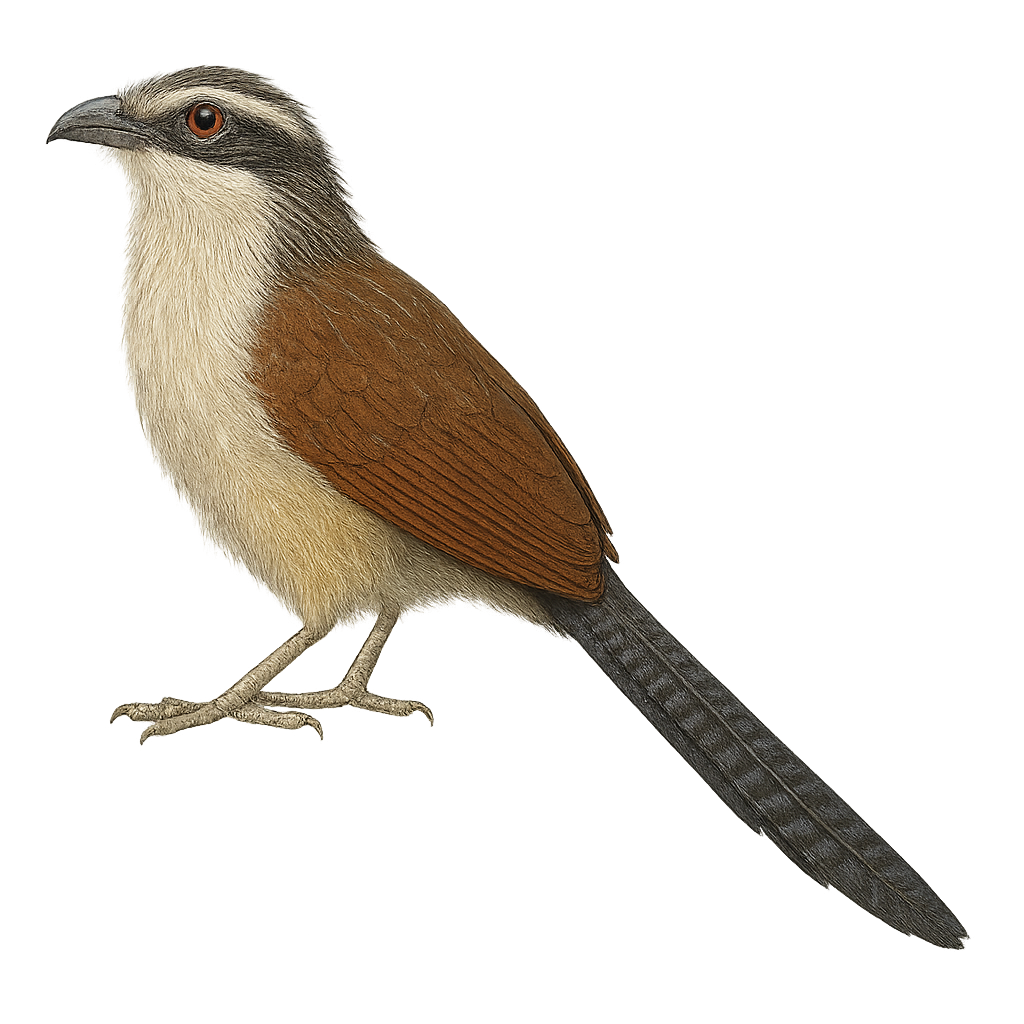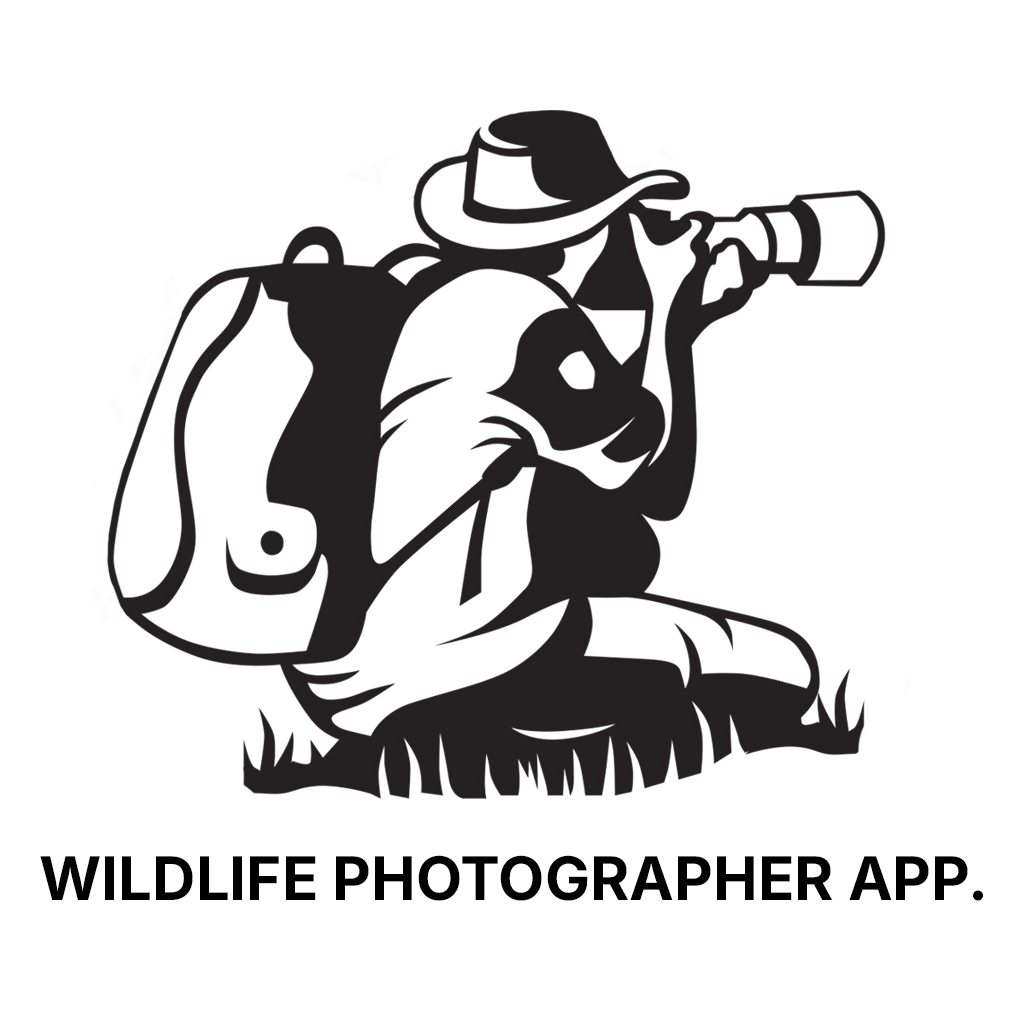Your wildlife photography guide.
Explore the white-browed coucal in detail, study its behavior, prepare your shots.
Where to observe and photograph the white-browed coucal in the wild
Learn where and when to spot the white-browed coucal in the wild, how to identify the species based on distinctive features, and what natural environments it inhabits. The WildlifePhotographer app offers tailored photography tips that reflect the white-browed coucal’s behavior, helping you capture better wildlife images. Explore the full species profile for key information including description, habitat, active periods, and approach techniques.
White-browed Coucal
Scientific name: Centropus superciliosus

IUCN Status: Least Concern
Family: CUCULIDAE
Group: Birds
Sensitivity to human approach: Suspicious
Minimum approach distance: 10 m
Courtship display: March to May
Incubation: 15-17 jours
Hatchings: March to June
Habitat:
Wooded savannas, marshes, riparian forests
Activity period :
Primarily active during the day, with peak activity in the morning and late afternoon.
Identification and description:
The Centropus superciliosus, or White-browed Coucal, is a bird from the Cuculidae family, widely distributed in sub-Saharan Africa. It is recognizable by its distinctive white eyebrows contrasting with its brown and black plumage. This bird prefers dense habitats such as wooded savannas, marshes, and riparian forests. It is primarily terrestrial, often moving on foot in search of prey like insects, small reptiles, and amphibians. The White-browed Coucal is known for its distinctive call, a deep, resonant "bouhou". Although relatively common, it remains discreet and difficult to observe due to its suspicious behavior.
Recommended lens:
400 mm – adjust based on distance, desired framing (portrait or habitat), and approach conditions.
Photography tips:
To photograph the White-browed Coucal, it's advisable to use a 400mm or longer telephoto lens to capture detailed images from a distance. Since this bird is suspicious, it's important to remain discreet and blend into the environment. Opt for early morning or late afternoon hours to benefit from soft light and avoid harsh shadows. Be patient and wait for the bird to move into an open area to get a good angle.
The WildlifePhotographer App is coming soon!
Be the first to explore the best nature spots, track rutting seasons, log your observations, and observe more wildlife.
Already 1 430 wildlife lovers subscribed worldwide

